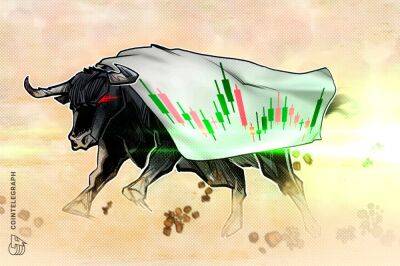Bitcoin derivatives data shows room for BTC price to move higher this week
This week Bitcoin (BTC) rallied to a 2023 high at $23,100 and the move followed a notable recovery in traditional markets, especially the tech-heavy Nasdaq Composite Index, which gained 2.9% on Jan. 20.
Economic data continues to boost investors' hope that the United States Federal Reserve will reduce the pace and length of interest rate hikes. For instance, sales of previously owned homes fell 1.5% in December, the 11th consecutive decline after high mortgage rates in the United States severely impacted demand.
On Jan. 20, Google announced that 12,000 workers were laid off, more than 6% of its global workforce. The bad news continues to trigger buying activity on risk assets, but Dubravko Lakos-Bujas, chief U.S. equity strategist at JPMorgan, expects weaker earnings guidance to "put downward pressure" on the stock market.
The fear of recession increased on Jan. 20 after Federal Reserve Governor Christopher Waller said that a soft recession should be tolerated if it meant bringing inflation down.
Some analysts have pegged Bitcoin's gains to Digital Currency Group filing for Chapter 11 bankruptcy protection — allowing the troubled Genesis Capital to seek the reorganization of debts and its business activities. But, more importantly, the move decreases the risk of a fire sale on Grayscale Investments assets, including the $13.3 billion trust fund Grayscale GBTC.
Let's look at derivatives metrics to understand better how professional traders are positioned in the current market conditions.
Margin markets provide insight into how professional traders are positioned because it allows investors to borrow cryptocurrency to leverage their positions.
For example, one can increase exposure by borrowing stablecoins to buy Bitcoin. On the
Read more on cointelegraph.com






















